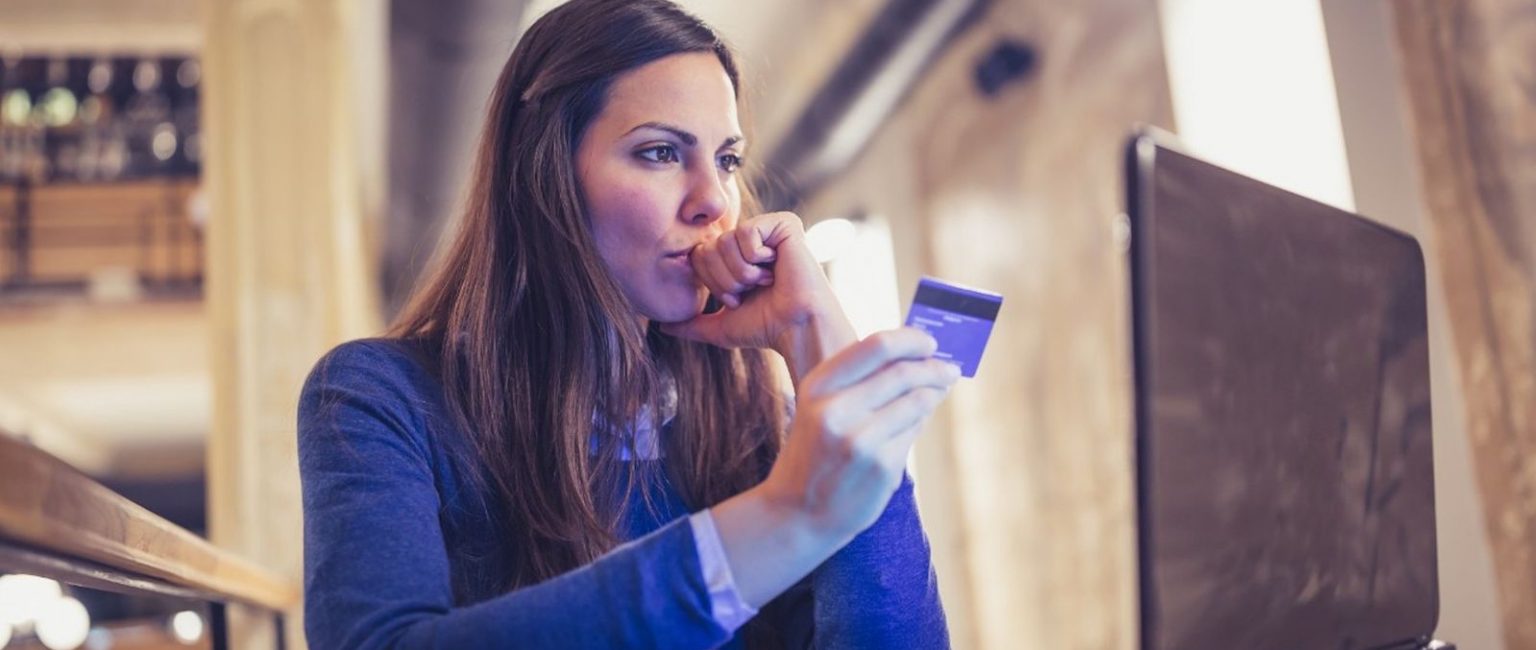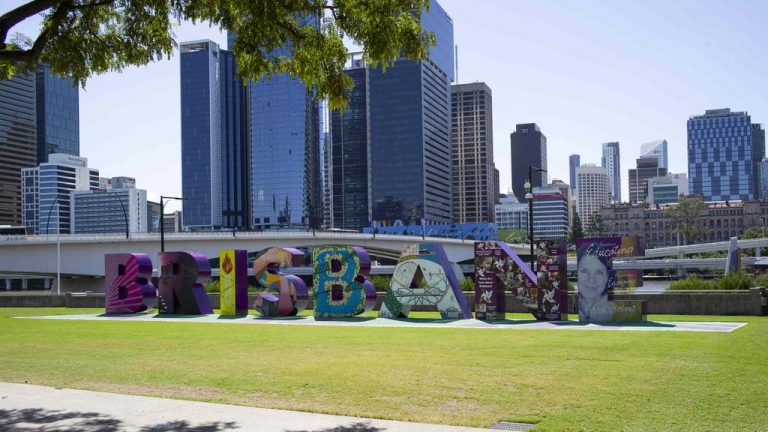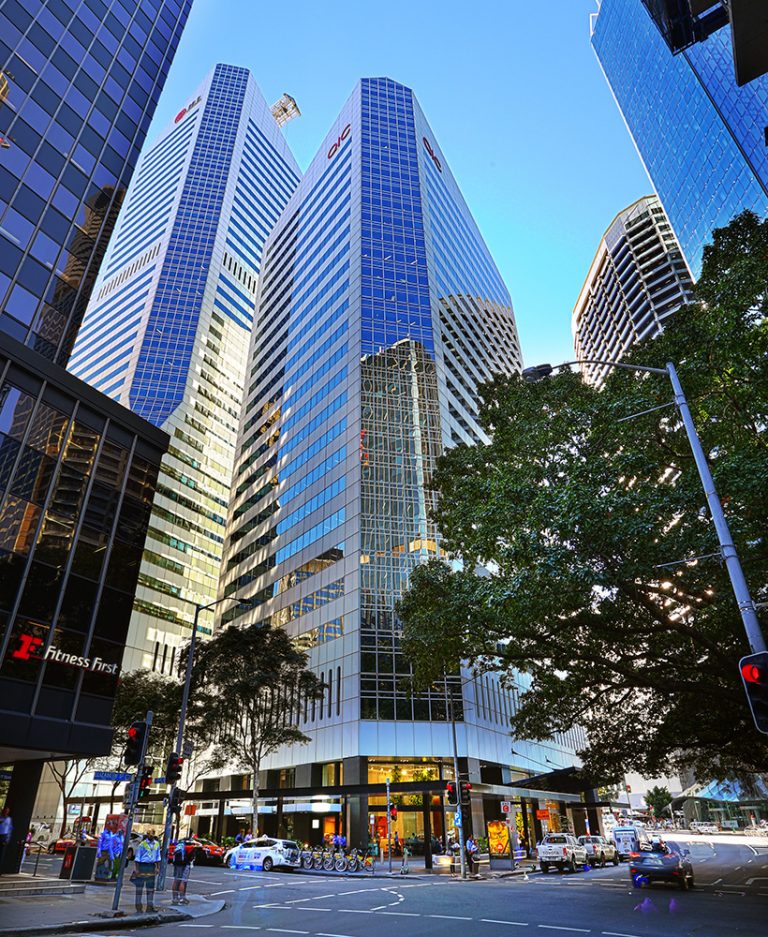What will Australia’s economy look like after COVID-19?

The Prime Minister Scott Morrison says Australia is “many weeks away” from easing coronavirus restrictions as the country works towards flattening the curve. While we wait for social distancing measures to be relaxed, it’s worthwhile considering what our economy will look like post COVID-19.
It’s clear that COVID-19 is going to impact every part of the economy – social distancing is preventing people from going about their everyday lives in terms of work, recreation, travel and spending time with family and loved ones. But like other downturns, some industries will bounce back more rapidly than others.
The real estate industry could bounce back quickly for two reasons: it has not yet been forced into a full shutdown; and the cost of borrowing is the lowest it has ever been.
While the time lag in receiving official data means we are yet to get a grasp on the economic impact of COVID-19, private sector data is certainly going some way toward filling in the blanks.
What impacts are we seeing right now?
Consumer confidence has slumped to record lows
Weekly consumer confidence data from ANZ shows consumer confidence has slipped to record low levels over recent weeks, lower than during the Global Financial Crisis in 2007 and the 1991 recession. While consumer confidence has bounced back over the past two weeks following the announcement of the Jobkeeper package, it remains at recessionary levels.
Business confidence also slumped to record lows in March, according to the National Australia Bank’s monthly survey.
Australians have tightened their purse strings
Regular data on bank card expenditure shows that consumer behaviour has changed. With consumers unable to eat out, we are seeing much more expenditure on food from supermarkets rather than expenditure on eating out. Discretionary spending has also slowed significantly as people stay in their homes.
Unemployment is on the rise
Indeed’s weekly data on new and total job listings shows both metrics have recorded significant falls over recent weeks, as the economy slows and businesses are unable to function due to lockdowns and closures.
New Treasury figures this week predict the jobless rate will double in the June quarter from 5.1 per cent to 10 per cent, its highest rate in almost three decades with 1.4 million Australians expected to be out of work. It would be the first time the unemployment rate has hit double digits since April 1994.

The jobless rate is tipped to double in the June quarter. Picture: Getty
So what does a potential recovery look like for Australia?
Australians will be desperate to get out and about
People will want to get back to some kind of normalcy once the pandemic is over. Australians will be keen to get back to the office, eat out at restaurants, watch live sport and perhaps plan a holiday. However, the big question will be whether businesses that offer these goods and services will be able to re-open immediately. Some will and some likely won’t, but I expect the demand for these products and services will initially be strong post COVID-19.
The property market could rebound rapidly
While real estate is still open for business during COVID-19, people aren’t used to buying sight unseen – although agents are now adopting the use of virtual tours.
On the flip side, people are confined to their homes, which means they not only have more time to look at properties, but they also might be looking for a change of scenery. As mentioned, search activity on the Buy section of realestate.com.au is down from its peak in February, but it’s up 14 per cent compared to this time last year, which suggests there is demand out there.
Overall, it is reasonable to expect that pent up demand, alongside record low interest rates, will boost the property market once normalcy returns.
Tourism, education and virus-hit businesses will suffer

The travel industry will likely be the last to reopen after the pandemic. Picture: Getty.
Some sectors, particularly those exposed to international tourism, seem unlikely to rebound quickly post COVID-19. While Australia is currently containing the spread of the virus reasonably well, it’s certainly not the case in other countries. Given this, I would predict overseas travel will be one of the last industries to re-open after the pandemic.
If this is the case, there would be a roll on affect for the higher education sector and international tourism to Australia, but the latter may be partially offset by the fact that Australians could be unable or unwilling to travel overseas.
Meanwhile, virus-hit businesses that have been forced to close their doors for the time being will be more heavily impacted long term than others.
There will be winners and losers in the end
The unofficial data shows COVID-19 is undoubtedly having an impact on all sectors of Australia’s economy, and it will have long-term repercussions for the country.
Clearly some sectors are more COVID-19-proof than others, and there are positive indications the property market could be one of the lucky ones.







